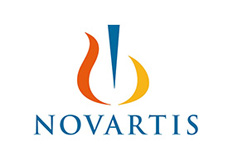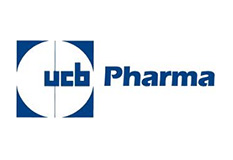Bruker & Mestrelab: Strategic Collaboration and Partnership
Bruker Corporation & Mestrelab Research S.L. today announced that they have entered into a strategic partnership to advance chemistry software that handles spectroscopic data and extracts and manages chemical information from a variety of analytical techniques, including for example NMR and mass spectrometry. READ MORE












